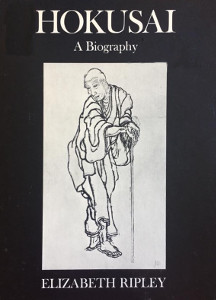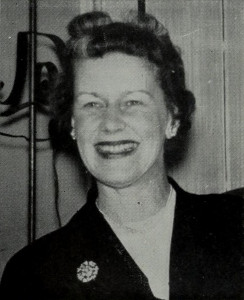Hokusai

Author:
Elizabeth Ripley ![]()
Publication:
1968 by J.B. Lippincott Company
Series:
Elizabeth Ripley Artist Biographies
Current state:
Basic information has been added for this book.
It has been read but content considerations may not be complete.
Book Guide
Search for this book used on:
As a small boy, Hokusai spent many hours with brush and paper, bringing to life flowers, animals, and people he had in Edo, Japan. In 1778 he joined the studio of a popular print designer. But after eight stormy years, during which he refused to conform to the master's style, Hokusai left the school forever.
He earned his daily rice by illustrating comic books and peddling red peppers on the street. One day he received a commission to design a banner which was so successful that he decided that he would devote his whole life to art. He was a born showman, performing feats of drawing in public which attracted wide attention. Soon he was filling orders for greeting cards and paintings. He illustrated countless novels, and his lively random sketches were published in a fifteen-volume book called the Manga, a pictorial encyclopedia of Japanese life which became a best seller. It is, however, for his colorful wood-block prints of flowers, bridges, waterfalls, and the sacred Mount Fuji, which are among the finest in the world, for which he is most renowned.
Material comforts did not interest Hokusai. He cheerfully gave his money to a worthless grandson and lived in poverty all his life. He never cleaned his studio, and when it became too cluttered he moved to another house. In eighty-nine years he moved ninety times. His one absorbing wish was that he might live long enough to perfect his art. On his deathbed he exclaimed, "If Heaven would grant me five more years, I would become a real painter."
As in all of her previous biographies, Elizabeth Ripley has once again given us a true and colorful portrait of a great artist and his times.
From the dust jacket
Find This Book
Search for this book used on:



